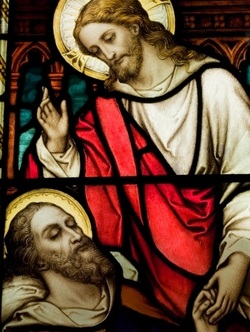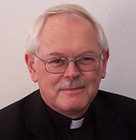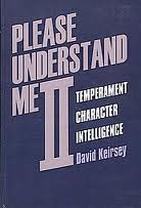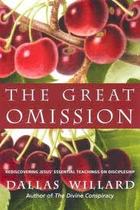
St. Mark records the story of the time when Jesus went to Peter and Andrew’s house and found Peter’s mother‑in‑law in bed with a fever. Jesus immediately decides to cure her. He grasps her hand, and she is cured. He doesn’t chant any magic formulas. He doesn’t perform any showboating, forehead slapping antics. He doesn’t have to raise His voice and scream. Jesus took her by the hand, lifted her up, the fever left her and she got back about her life.
Sort of, I guess. Because the next thing we hear is how the entire population of the town was at the door of the house, bringing folks who were sick or possessed by demons–and expecting something to happen! People know what works and they show up in droves. So, after dinner, instead of having coffee and watching football, Jesus was expected to cure all the sick and demonized neighbors who were camping out on the front lawn. Of course, He responds in His characteristic way–and this is a hugely important point!
Jesus heals the sick, not simply as a way of establishing His credentials as Messiah, not just as a way of validating His teaching, but simply because this is what God does! Author Ken Blue writes: “The more secure we are in the belief that God’s will is our health and that he personally works for it, the more freely we receive his healing and the more eagerly we work for it in others. Openly receiving healing for ourselves and confidently praying for others rests ultimately in our understanding of who God is. A theology of healing only arises when God is viewed as one who is concerned about sickness and willing to do something about it.”







 RSS Feed
RSS Feed
